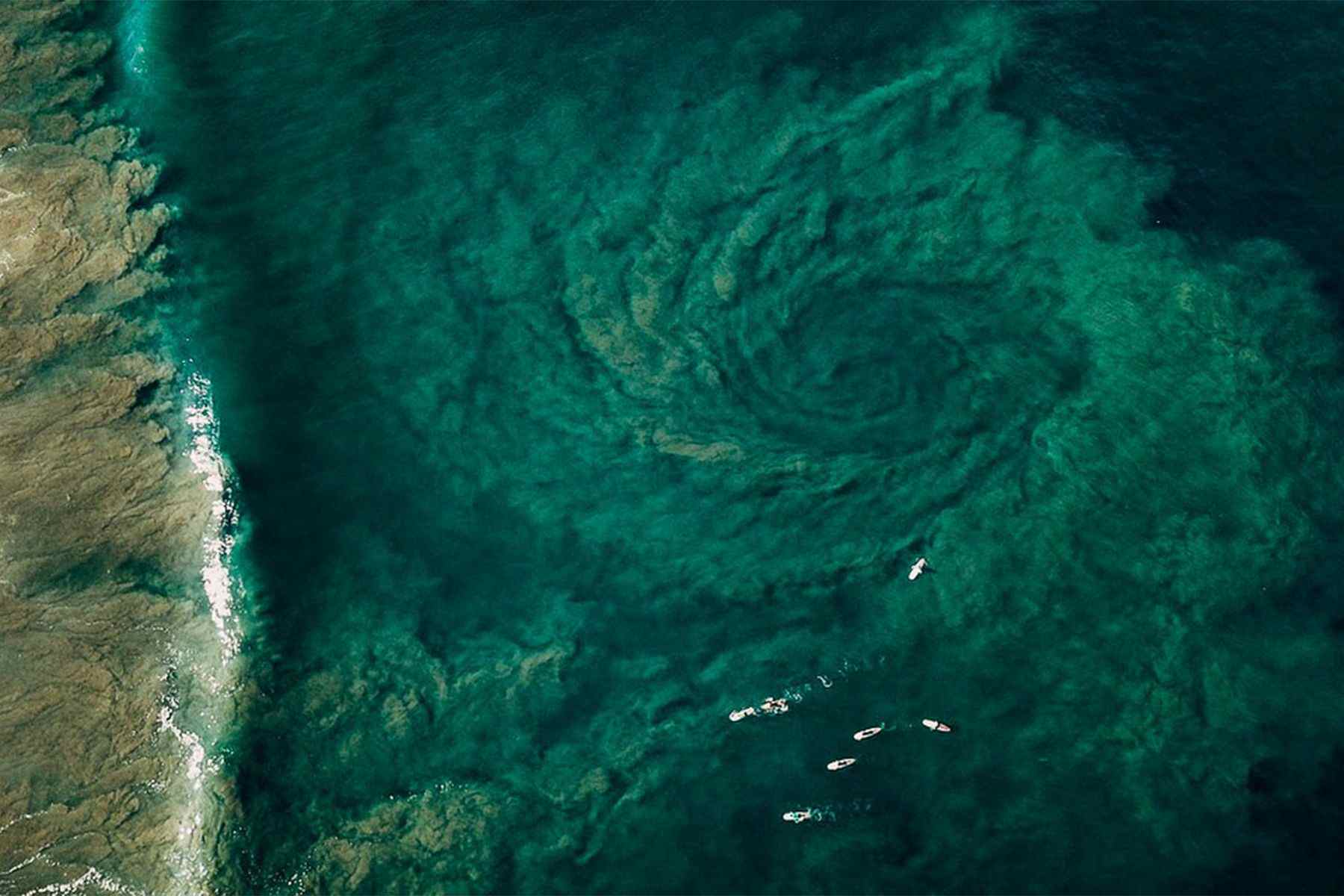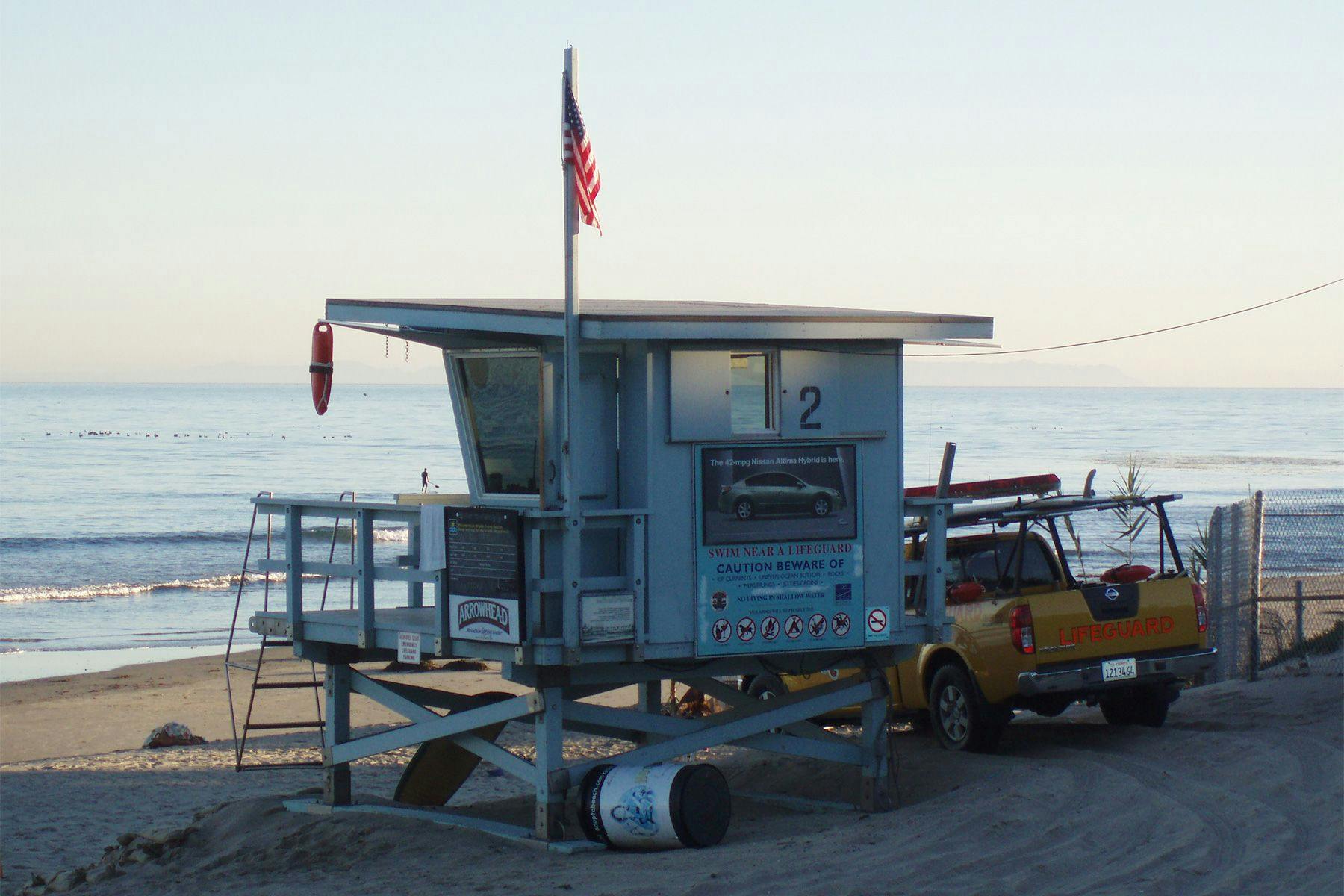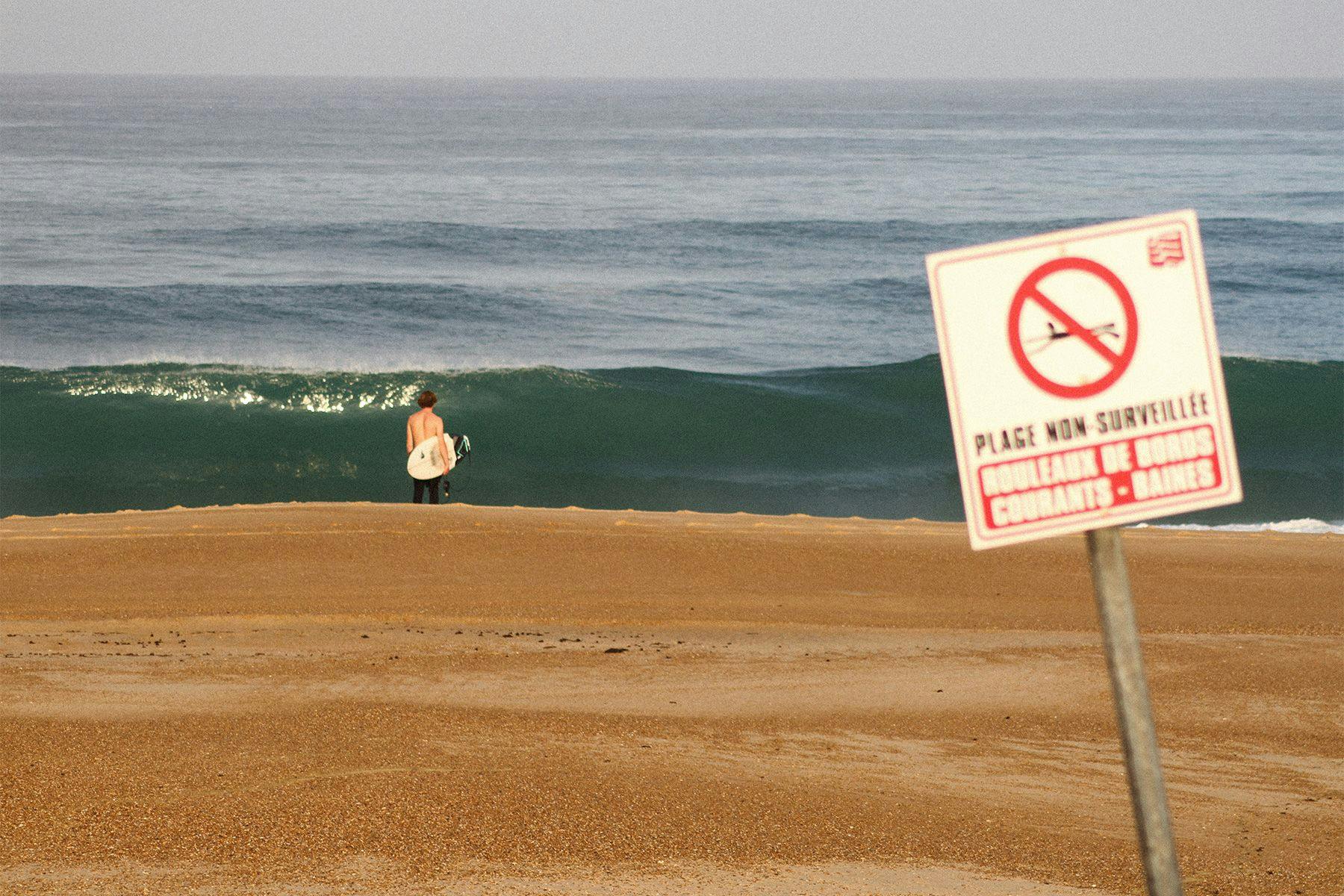LifeguardingThe Lookout

Lifeguards’ Ability To Anticipate Accidents: An Israeli Case Study
In surfing, knowledge and experience can be a double-edged sword: they can produce confidence as much as they can lead to complacency. More often than not, a surfer’s overall recognition of his/her skills, together with his/her reading and/or familiarity with a particular spot, is proportional to the confidence he/she feels to deal with potentially hazardous situations in the water – which can be invariably proportional to the need she/he may have to be helped.
Take the 2019 Australian National Coastal Safety Report by Surf Life Saving Australia, for example. Of all Australians who frequented the beach that year, 46% could not swim 50m in the ocean without touching the bottom, and only 79% those who were surfers could. 82% of highly competent ocean swimmers felt confident to identify a rip but only 27% could do so accurately. 78% of surfers were likely to follow safety practices but 56% believed they are experienced enough to take a few risks. Moreover, 42% of all drownings occurred at least 5kms from a lifesaving service.

The role of a lifesaving service comprises three main activities: prevention, assistance, and rescue. Lifeguards usually operate based on what is called hazard instigators (HIs), variables that may create potentially hazardous situations for water users, which should be observed and assessed before engaging in action. These are generally divided into:
(a) Environmental factors concern what is independent of lifeguards and their actions, such as beach and surf characteristics, water and weather conditions, nearshore morphodynamics, and the existence of rip currents – the latter being one of the main HIs associated with fatal and non-fatal drowning on surf beaches around the world, as well as one of the primary prompts for surf lifeguard rescues.
(b) Beach-user factors relate to the number of people at a particular place and time, their position either on the shore or in the water, as well as well as the presence of specific risk groups (e.g., children, tourists, people with medical conditions or under the influence of drugs/alcohol, etc.). These also include the level of water safety/HIs knowledge and floating/swimming skills by beach users, which is, more often than not, insufficient to identify and avoid rip currents.
(c) Lifeguards’ factors refer to the education, training, experience, physical condition, age, teamwork skills, and vigilance ability of a given lifeguard, as well as the number of lifeguards present at the site and their position related to bathers and rip currents alike, in addition to operational elements such as equipment and managerial framework.

Dr Daniel Hartmann, a Coastal Scientist at the Ben-Gurion University of the Negev, in Israel, grew up on the coast just south of Tel Aviv, and has spent hundreds of hours on Israeli lifeguards’ towers, watching them at work. His formal education, along with his sea-bound childhood education (what in Israel is known as “Mediterranean education,” meaning kids who spent more time at the beach than in school), has prompted him to initiate some non-funded research with colleagues from the BGU department of industrial engineering. This past August, their latest paper, Examining lifeguards’ abilities to anticipate surf hazard instigators – An exploratory study, was published on Science Direct.
“I have often written that the Mediterranean Sea and its shores (Europe, Asia, and Africa) must receive a special research program as we do not really understand the drowning burden. Every year, hundred of millions of tourists and local people visit the Mediterranean beaches and their waters; this is annually a multi-billion dollars’ worth commercial activity. We do have rip currents, and we have a high amount of mortality. However, until this moment, this fact is ‘veiled’ as no one is doing any serious research about these topics.”
The study looked into the ability of Israeli lifeguards to anticipate surf hazard instigators, particularly rip currents. For this, researchers have taken a comparative approach, assessing beach-related hazard perception skills among three groups: 9 highly experienced surf lifeguards knowledgable about surf morphodynamics [how hydrodynamic processes such as waves, tides and currents affects a dynamic (sandy) seabed]; 6 swimming-pool lifeguards with water rescue training but no thorough understanding of surf morphodynamics; and 10 layman patrons (control group) without previous training in water rescue or knowledge of the surf morphodynamics.
Using three Israeli Mediterranean bathing beaches (Ashkelon, Rishon LeZion and Beit Yanai) as settings, the researchers mounted a camcorder at the lifeguards’ tower, so as to capture the natural perspective of surf lifeguards. The footage was filmed over the course of five random days, at different times, between the bathing season months of July and October (2016), then edited into several short-clips portraying various real-life surf hazard instigators – from environmental (rip currents, waves, glare, etc.), to artificial (breakwaters, safety flags, etc.), and human (bathers wading, unattended children walking along the shoreline, surfers, etc.).
After completing a demographics questionnaire and taking a vision test, participants were connected to a D6 model Eye Tracker System (ETS), a remotely controlled eye tracker that captures the participant’s gaze position. They were then taken to individual sessions, where they watched the 10-second video clips on an screen, and were instructed to press a response button when spotting an element they thought could present a hazard for bathers. Every time they identified a HI, they were asked to describe why they had done so. Participants’ performance in the hazard identification task referred to the probability that a participant will press the response button during the hazard’s allotted time window.

The analysis was based on information gathered from the participants’ button pressing in the HI identification task, as well as their eye-movement data, which was measured by fixation durations. Results corroborated the hypothesis that surf lifeguards display a more holistic understanding of hazardous situations, focusing on environmental factors (e.g. rip currents, glare, breakwater, etc.) that could prove a threat to bathers, and allocating a high level of immediate attention and resources to areas that are potentially more hazardous whilst refraining from investing attention to other less threatening HIs, such as safety flags, waves; whereas the other two groups tended to evaluate situations based on a single element and paid more attention to materialized HIs, such as the bathers themselves, regardless of the conditions and characteristics of the nearshore, as evident from the longer eye-fixation durations and behavioural responses. As such, the findings indicate that both swimming-pool lifeguards and layman patrons aren’t usually aware of a highly important set of HIs associated with drowning risk. Or, as the paper states, “A mere observer who is uninformed and unfamiliar with the nearshore environment in the context of lifeguarding (as most patrons and swimming-pool lifeguards are) will encounter difficulties in recognizing hidden potential HIs, such as rip currents.”

This was the first study to use eye-movement data and behavioural responses to cross-examine the ability of different types of lifeguards and patrons to identify potential HIs in the surf zone. By empirically exploring and mapping these abilities, the study not only provides a better understanding of the gaps in hazard perception skills and water safety knowledge/training among the groups, but also demonstrates the need for more/better measures for drowning prevention.
When asked about the findings, Dr Hartmann says he expected these outcomes. “Israeli surf lifeguards know their work and their métier; the rest of the population, don’t,” he says. “Our research just proved it with statistics and numbers.” He iterates that, whilst more extensive research and more diverse samples would further support the findings, the empirical evidence gathered should already serve as a warning – if not a spur – for policymakers to set up water safety educational programmes. And for the public to enrol in them.
“The Israeli public has never been exposed to formal education or messages regarding water safety in the surf and the related HIs, mainly rip currents. The only official message that patrons receive is that they should only take pleasure in bathing within the safety of designated bathing areas while refraining from using other beach segments. As long as the legislation and regulation in Israel believe that drowning prevention is just restricted to an insufficient number of designated beaches, and that those patrons who enter the surf outside those areas are self-responsible for their destiny, nothing will change.”
The idea of increasing the public’s awareness and knowledge of water safety is a crucial step in preventing drowning accidents – and it doesn’t apply to Israel alone. After all, being aware of what you don’t know is as important as being aware of what do you know. And when it comes to the powers of the ocean, there’s no room for complacency.
*****
The author would like to thank Dr Daniel Hartmann for his assistance with the article. To find out more about his project, Improving Water Safety in The Mediterranean Region, click here. Watch this short video for some beach safety 101. Also, check the International Life Saving Federation website for detailed beach and water safety tips, as well as rip current safety advice.